A seasonal summer tradition in Hida Takayama: "Ema Market"

Gifu Prefecture is in the center of Japan. In Hida Takayama, in the north, there is a votive plaque called "Ema Ichi" (Ema market). Participate in this votive plaque, a seasonal feature of the summer, and purchase a votive plaque. When making a wish at a shrine, a wooden tag with a horse drawn on it is dedicated. In the Hida region, there is a custom of drawing a horse on washi paper and then pasting it on the entrance to one's home or workplace. The horse's head is pasted facing into the house ...
-
Table of Contents
- The meaning and origin of ema (votive plaques)
- Experience the customs of folk beliefs at Matsukura Ema Market
- "Bato Ema Market" where famous horses are enshrined
- You can purchase ema at any time from the Matsukura Ema Market publisher, Ikemotoya.
- Events taking place at the same time
- Access to Hida Takayama
- If you want to know more about Hida Takayama
The meaning and origin of ema (votive plaques)


When making a wish to the gods, people dedicate wooden tablets with a picture of a horse on them. In ancient times, it was believed that gods visited the human world on horseback, and real horses were dedicated to religious ceremonies. Over time, horses made of earth or wood came to be dedicated instead of real horses, and this is the origin of modern ema.
In the Hida region, there is a custom of drawing a horse on washi paper and pasting it on the entrance of one's home or business. The horse is depicted carrying a bag of treasure on its back and wearing horse gear with auspicious characters written on it. The horse's head is pasted facing into the house so that the horse carrying good fortune will gallop into the house.
Experience the customs of folk beliefs at Matsukura Ema Market


Matsukurayama is located about a 40-minute walk from the center of Hida Takayama. Here you will find Matsukura Kannon-do. On July 9th of the lunar calendar, local farmers would stay overnight at Matsukura Kannon-do to pray for the prosperity of their silkworm farming, and on the following day, July 10th, they would decorate their horses and visit the temple to pray for the safety and health of their cows and horses. This was the beginning of the Matsukura Ema Market.
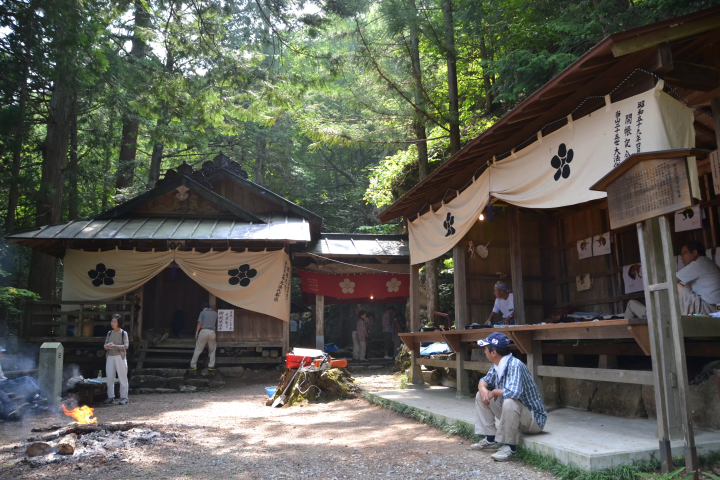

Today's Matsukura Ema Market is held every year on August 9th and 10th. Instead of real horses, paper ema are sold, and people take them home and hang them at the entrance to their homes or offices, praying for good fortune such as the health of their family and prosperity in business. Prices for paper ema vary depending on the size, ranging from 1,000 to 4,000 yen. When ordering, you tell them your name and they will write it in ink.




What's special about the Matsukura Ema Market is that it stays open until late into the night. After walking for around 15 minutes along a dark mountain path, you'll see a small shrine lit by a bonfire in the distance. You'll hear the low sounds of monks chanting sutras and the hustle and bustle of people looking for paper ema. This otherworldly atmosphere can only be experienced on this day, in this place. The Matsukura Ema Market takes place for a long period of time, from noon into the night, but we highly recommend going at night.
However, mountain paths that are easy to walk on during the day become dark at night and it is easy to fall. It is a good idea to carry a light and wear comfortable shoes. There are also many insects in the mountains and you may be bitten, so it is a good idea to purchase insect repellent spray at a pharmacy and apply it to your body beforehand. Wearing long pants will also help protect your ankles.



Of course, the Matsukura Ema Market is open during the day as well. If you have children, it's best to visit during the day. It's an easy mountain path, so it's no problem even with small children. You can experience the seasonal scenery of summer while enjoying a pleasant hike.
If you go out during the day, just like at night, it is a good idea to protect yourself from insect bites by spraying insect repellent and wearing long pants. If your child is bitten by an insect, it may swell severely. It is important to prepare in advance to avoid insect bites. Also, black clothing stimulates bees. It is better not to wear black.


Near Matsukura Kannondo is Hida no Sato, a famous open-air museum. After touring Hida no Sato, why not stretch your legs and take part in the Matsukura Ema Market? There aren't many opportunities to come into contact with folk beliefs that are deeply rooted in the Japanese culture, so this is sure to be one of the precious highlights of your trip to Japan.
Hotels near Hida Folk Village Hida no Sato
schedule
Friday, August 9, 2024 12:00-23:00
Saturday, August 10, 2024 6:00-14:00
place
Matsukura Kannondo
"Bato Ema Market" where famous horses are enshrined
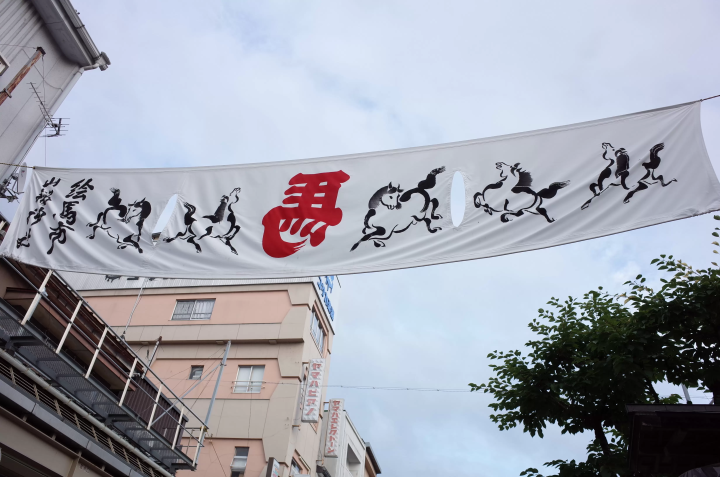
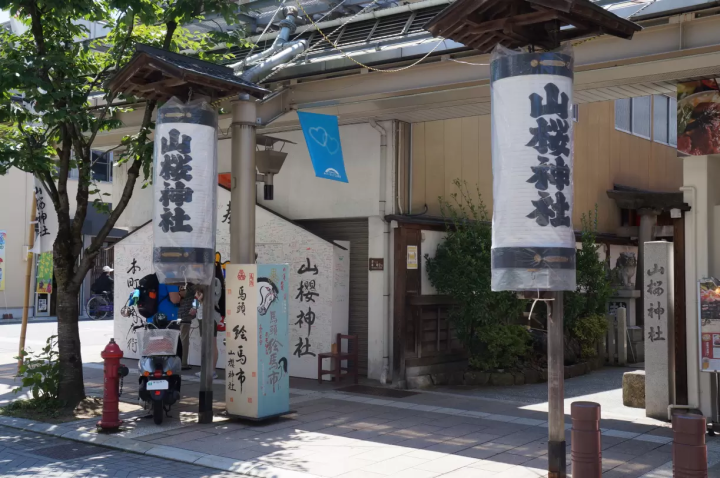

Yamazakura Shrine is located almost in the center of the city of Hida Takayama. The small shrine is a quiet and relaxing place, but once a year, it holds an event that draws a lot of people. This is the Bato Ema Market.
The name of Yamazakura Shrine comes from Yamazakura, the beloved horse of Kanamori Yorinao, the fourth lord of Takayama Castle who ruled over Hida Takayama.
In the old days, it was customary for castle lords to alternate between working in their own territories and Edo (Tokyo). In 1657, while Lord Kanamori Yorinao was working in Edo, the city was hit by a great fire. This was the famous Meireki 3rd year fire. At that time, Lord Yorinao worked to put out the fire in Edo Castle, but the raging flames surrounded him, blocking his escape route. It is said that at that time, his beloved horse Yamazakura, carrying his master and three attendants, leapt over the vast moat of Edo Castle and saved him from peril.
After achieving great success, Yamazakura spent the last years of his life in a stable in Mukaimachi. Yamazakura Shrine was built on the site of the stable. Yamazakura is worshiped as Bato Kannon and is still worshipped by many to this day.
*Bato Kannon: A bodhisattva that is worshipped in Buddhism. It is one of the manifestations of Kannon Bodhisattva and is depicted with a horse's head on its head like a crown. It is said to protect the safety and health of livestock and travelers.




Ema depicting a horse, a symbol of good fortune, are perfect souvenirs. Choose your favorite color and tell us your name when you purchase. Your name and today's date will be written in ink. Take it home and hang it at the entrance of your home. If you hang it with the horse's head facing into the house, the ema will bring good fortune to you and your family. Every time you look at the ema, you will be reminded of the beautiful Japanese scenery and memories.
schedule
Thursday, August 1, 2024 - Saturday, August 10, 2024
10:00-15:00
place
Hotels near Yamazakura Shrine
You can purchase ema at any time from the Matsukura Ema Market publisher, Ikemotoya.


The Ema Market is a summer event. People who travel to Hida Takayama outside of this time of year cannot participate in the Ema Market. But don't worry, there are places where you can purchase paper ema. Ikemotoya, the publisher of the Matsukura Ema Market, sells paper ema all year round.


The shop owner prints and colors ema on washi paper using traditional techniques that have been passed down for about 150 years. He doesn't count the paper ema as one piece of paper. He counts them as one head of horse. Listening to the artisan who treats the paper ema with care, as if they were living horses, and hearing about the origins of ema and how to choose them while purchasing one will be a wonderful experience for your trip to Japan.
store information
Ikemotoya
Business hours: 8:00-19:00
Closed on Fridays
Events taking place at the same time
Access to Hida Takayama
If you want to know more about Hida Takayama
Surrounded by the magnificent nature represented by the Hida Mountains (Northern Alps), Hida Takayama is a town that is alive with history and traditional culture, such as old townscapes that retain traces of the Edo period and Takayama festivals held in spring and autumn. There are also hot springs such as Hida Takayama Onsen and Okuhida Onsenkyo, as well as gourmet food such as Hida beef and Japanese sake. In particular, the Takayama Festival, which is held in spring and autumn, is characterized by a festival procession centered around gorgeous floats (dashi floats), elaborately moving mechanical dolls, and reproductions of picture scrolls, and many people from Japan and abroad come to watch. I will visit. It is about 6 hours from Tokyo and about 4 hours from Osaka. There are some of Japan's leading tourist destinations such as Shirakawa-go, Kamikochi, and Kanazawa in the surrounding area, and you can visit various places around Hida Takayama. There is a mix of various types of accommodations, including Western-style hotels, traditional inns, homely guesthouses, and hostels suitable for long-term stays, and we have the capacity to meet the needs of our users. The people of Hida, who are involved in various fields such as nature, history, tradition, culture, and gastronomy, are simple and warm, and offer heartfelt hospitality to visitors.
The contents on this page may partially contain automatic translation.



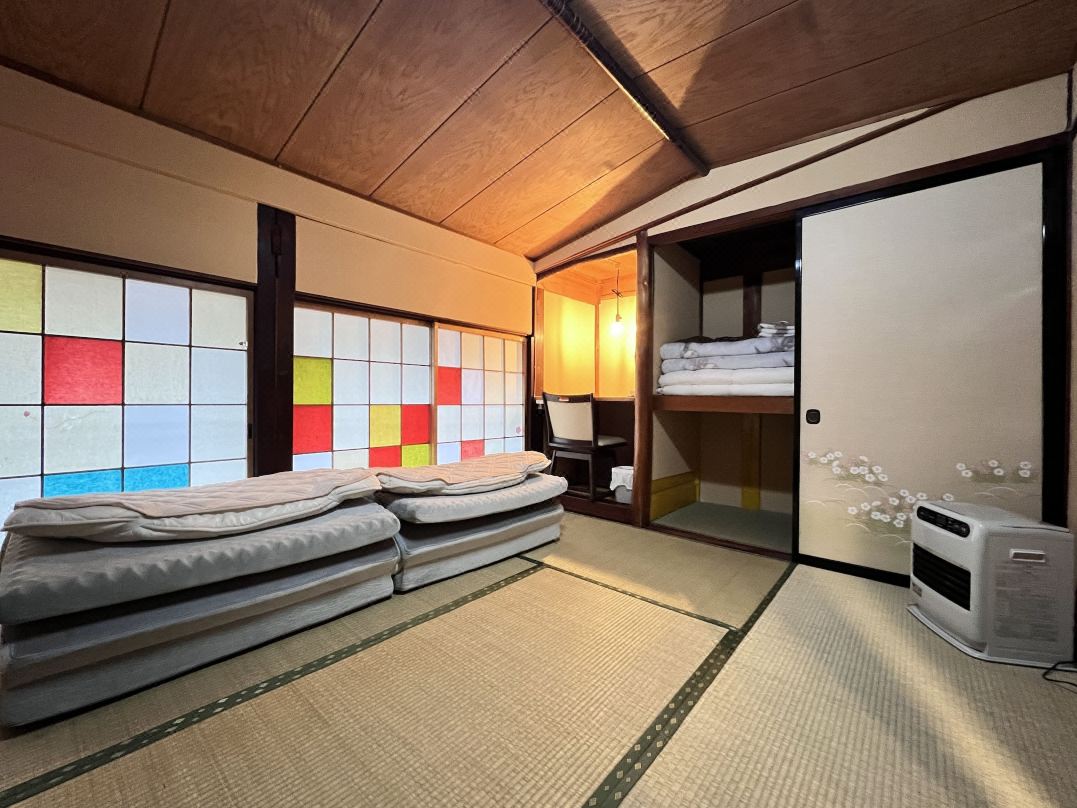




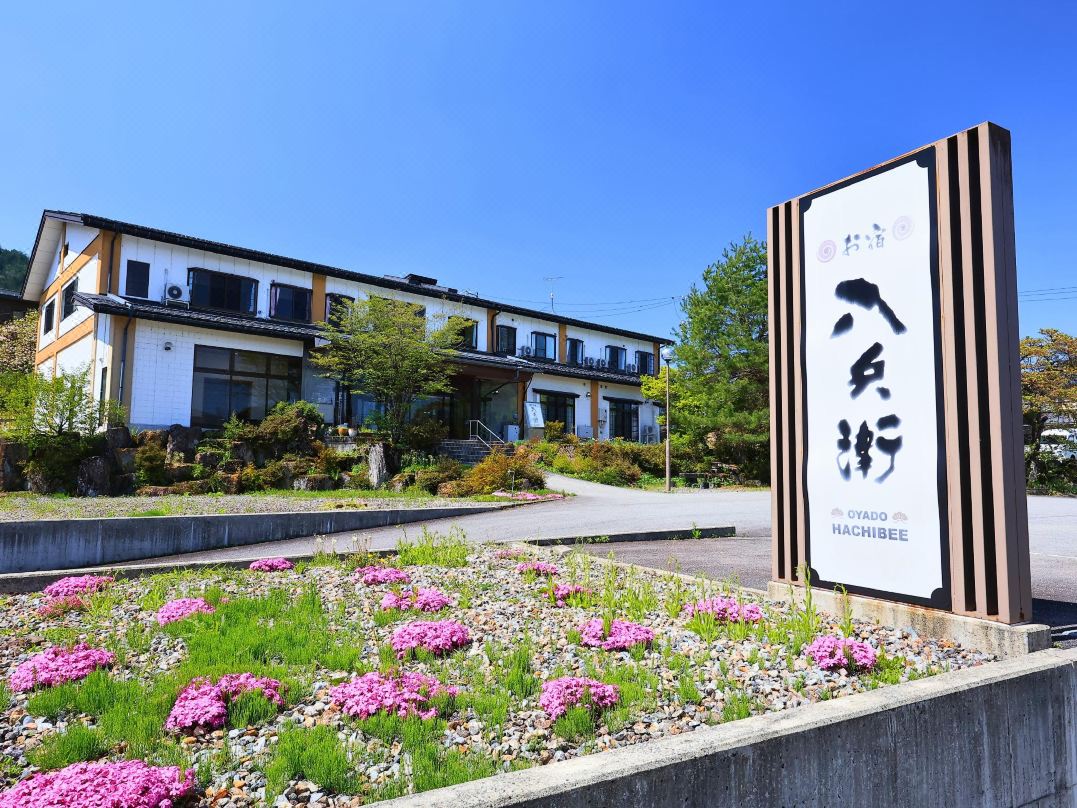


































![[2026] Top 5 Strawberry Picking Spots in Tokushima, Naruto| Farms and Access Guide for January to May](https://resources.matcha-jp.com/resize/720x2000/2025/03/06-227165.webp)
![[Yamanashi/ Hokuto City] 4 Hot New Spots Opening in 2026](https://resources.matcha-jp.com/resize/720x2000/2025/12/12-252747.webp)


